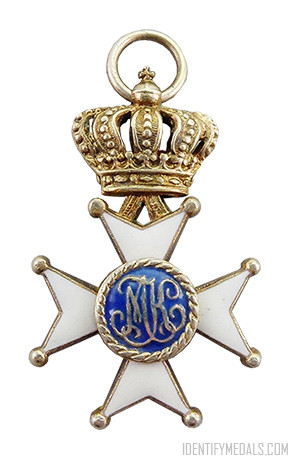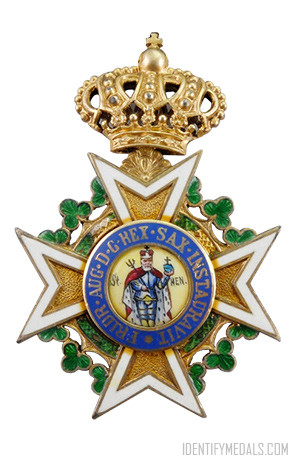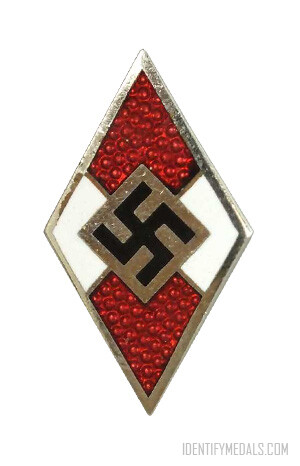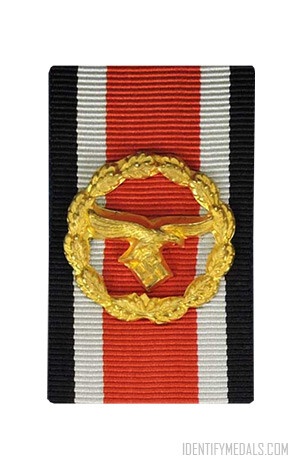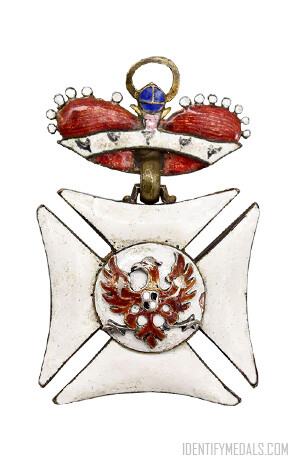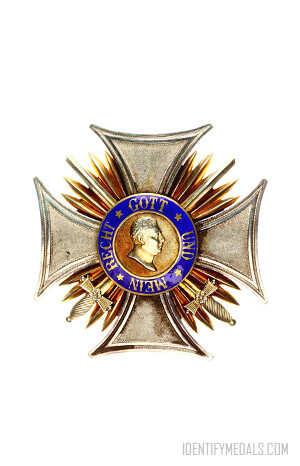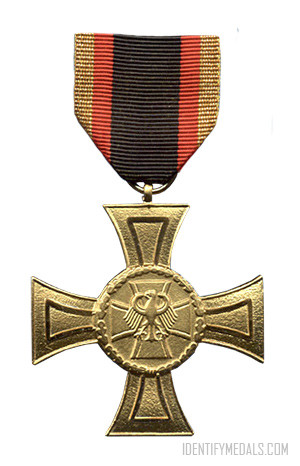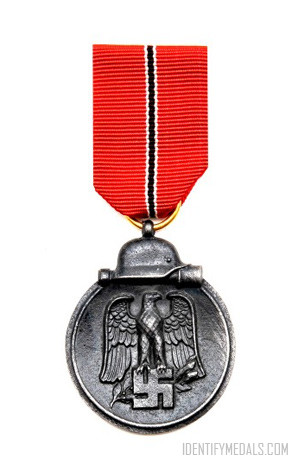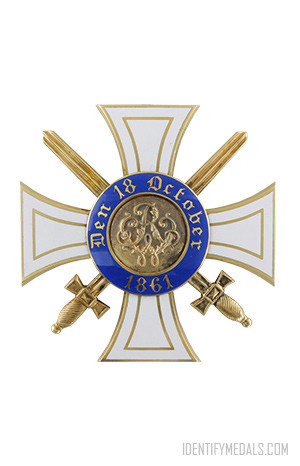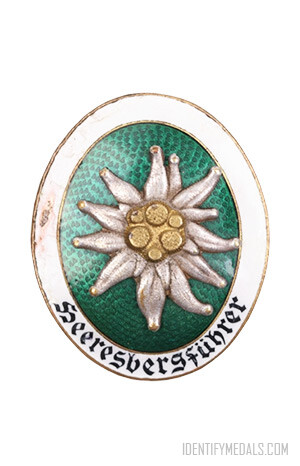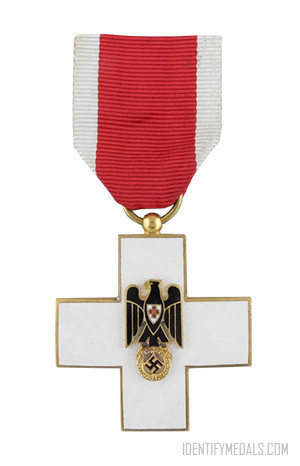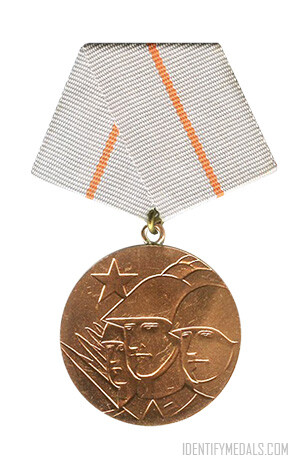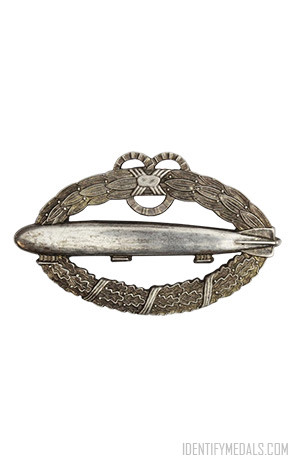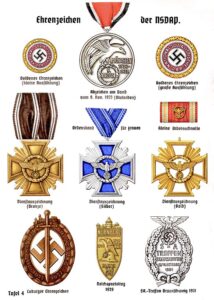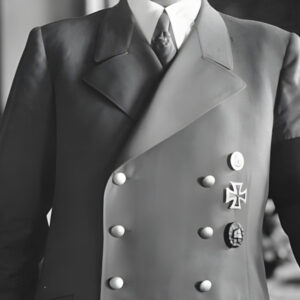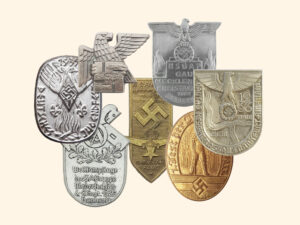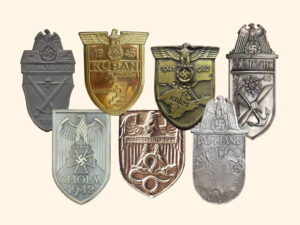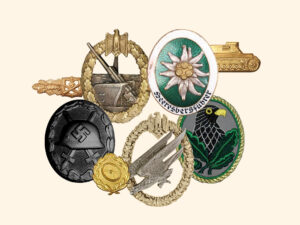- Time Period: Pre-WW1
- Institution: 1 January 1806
- Country: Germany (Kingdom of Bavaria)
The Military Order of Max Joseph (or Militär-Max-Joseph-Orden in German) was founded on 1 January 1806 by Maximilian I Joseph of Bavaria, the first king of Bavaria and was the highest military order of the Kingdom of Bavaria.
The order came in three classes: Grand Cross (Großkreuz), Commander’s Cross (Kommandeurkreuz) and Knight’s Cross (Ritterkreuz). Individuals who received the order and were not already members of the nobility were ennobled and would add the title of “Ritter von” to their family name.
The order became obsolete in 1918 with the collapse of the Bavarian monarchy on Germany’s defeat in World War I although the orders chancery continued to process outstanding award recommendations to at least 1922.
The Military Order of Max Joseph Design
The badge of the order is a white-enameled gold Maltese cross with balls at each cross point.
In the obverse, the center medallion, in blue enamel and edged in gold, features the monogram of Max Joseph (a cursive “MJK“). On the reverse it displays the Latin motto of the order, “Virtuti pro patria” (“Bravery for the fatherland”), both in gold. Above the cross is a gold crown.
The badge of the Knight’s Cross is much smaller than that of many other military orders and decorations, measuring only 28-mm in width (and 50-mm in height including the crown and ring). It was worn from a ribbon on the officer’s medal bar ahead of other decorations or, typically, separately worn through the buttonhole. The badge of a Commander’s Cross was somewhat larger (38-mm by 55-mm) and worn from a ribbon around the neck. The Grand Cross was still larger (68-mm by 100-mm), with golden rays between the arms of the cross.
The star of the order, which only came with the Grand Cross, was a silver eight-pointed star (with each point made of five rays). The center of the star featured a badge of the order, but with an oversized medallion, bearing the motto “Virtuti pro patria”.
The ribbon of the order was black moiré with inner white and outer blue edge stripes.

